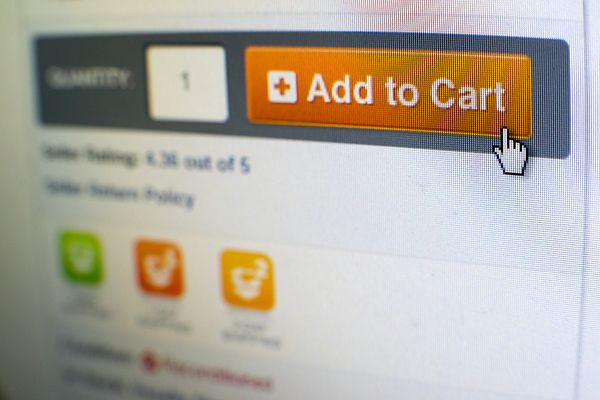LinkedIn's New Conversion Tracking Feature: How Will It Impact Your B2B Strategies?


LinkedIn is working diligently to keep up with the social media advertising milestones of big companies like Google and Facebook. A tool was designed to allow advertisers to track when their LinkedIn ads lead people to get active on brands’ websites, such as by buying a product or subscribing to an email newsletter.
Although conversion tracking is a new thing for LinkedIn, it isn’t new for companies like Google, Facebook, Twitter, and Pinterest. The fact that LinkedIn is just now coming to terms with this social media advertising tactic likely encourages you to take a big sigh of relief, right? Before this major change, it was much more of a challenge to figure out if your ads we’re having a desirable impact on your target audience.
As a result, it was more difficult for you to grow your reach and build traction among LinkedIn users, compared to powerhouses like Facebook and Twitter. You couldn’t track how many people viewed or clicked your ads as well as how many conversions your ads elicited. The struggle! Now, you can put this struggle to rest. Here’s how!
LinkedIn’s new social media advertising tool will keep track of how many people view and click your ads. Measuring how many people skip on clicking ads but generate conversions from your website is also possible. You have the luxury of choosing where you want to track this data from, which can be any part of your website.
This social media advertising data can be cross-referenced with LinkedIn’s audience data to figure out what people your ads work best for and how. You can shape your target audience in a more accurate and desirable fashion, in addition to growing a bigger fan-base through LinkedIn. Figure out which products or services highlighted in your ads are most appealing. Visualize audience breakdowns by categories, including work industries, the level of seniority, job functions, and company sizes. You’ll be more knowledgeable about how to reach target businesses.
Let’s put this information into perspective. You may find that your ads appeal to people in the healthcare industry more than those in the information technology industry, for example. LinkedIn’s conversion tracking tool indicates people in this industry click on your ads and subscribe to your newsletters more. This may compel you to spend more social media advertising dollars on healthcare-oriented ads.
You can collect more standard social media advertising data. This includes how many people converted from your ads, how much they paid for each conversion, and your return on their investment.
LinkedIn’s ROI calculation isn’t based on the exact number of brand revenue earned from campaigns. Instead, you get to determine how much money each conversion is worth. And LinkedIn will multiply your total number of conversions by your defined value to calculate your ROI figure.
This social media advertising technique has proven to boost cost-per-conversions for the 200 advertisers who are able to test out LinkedIn’s new tool, by 21 percent. Imagine the good it could do for you!

The only kind of social media advertising that works for this conversion tracker are sponsored content ads and text ads right now. But LinkedIn plans on expanding this tool to other ad formats, such as sponsored InMail campaigns. Access conversion tracking in different ways: LinkedIn’s campaign management tool and ad-tech firms like AdStage and 4C.
Just add the LinkedIn Insight Tag to your website within a few minutes, which is a lightweight piece of JavaScript code for tracking conversions part of your campaigns. Along with this, set up the conversion actions you want to track; this may look like website registrations, newsletter sign-ups, or product purchases. Add as many conversion actions you want to each of your campaigns. Measure everything with built-in analytics.
In addition to these features, LinkedIn plans on automating ad-targeting based on conversions. Customizable time windows for conversion tracking are also expected. Telling advertisers the actual amount of revenue their ads generated is a goal, too.
How impressed are you by this change? LinkedIn still has a long way to go in order to catch up with social media advertising giants like Facebook and Twitter. But the change is still highly beneficial. In addition, we utilize top-notch industry tools to enhance every aspect of social media management for our clients.
Want to learn more? Check out our case study outlining how our Paid Social team tested Facebook ads to put San Antonio Spurs fans in the seats.
